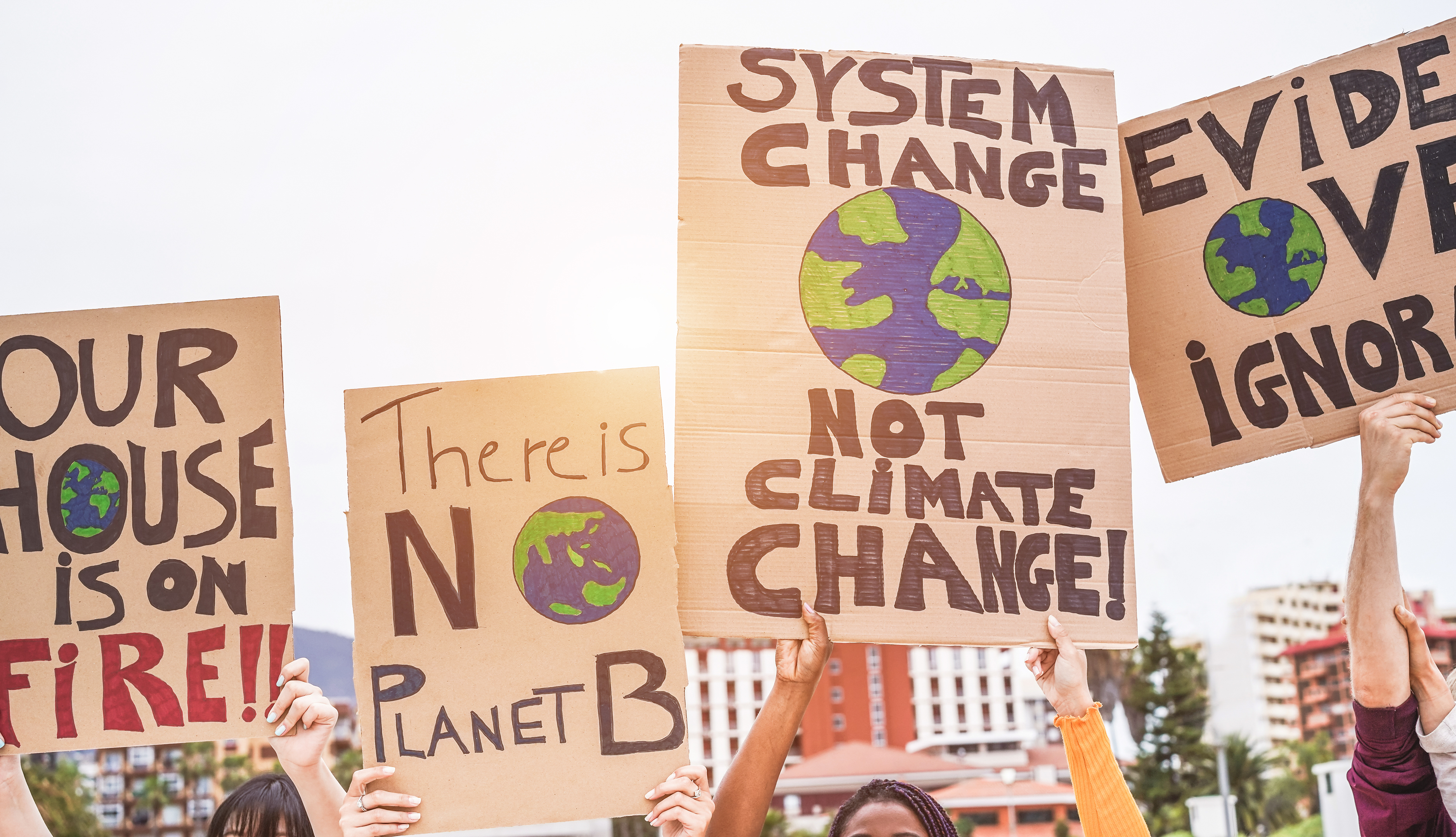Does Biden Put His Money Where His Mouth Is On Climate?
By
Lorah Steichen
Posted:
|
Climate Change,
Military & Security

Last week the White House convened a virtual Leaders Summit on Climate with forty leaders from the world's largest economies presenting their plans to meet the goals of the 2015 Paris Climate Agreement.
Now that the dust has settled, what should we make of the new commitments announced at the summit?
Fulfilling a basic requirement of the Paris Agreement, President Joe Biden kicked off the two-day summit by unveiling the United States’ revised pledge, or “Nationally Determined Contribution (NDC),” to cut U.S. emissions in half from 2005 levels by the end of the decade.
Nearly doubling the target set by the Obama administration, the new climate commitment is the most ambitious in U.S. history. But that’s a low bar to pass, and nowhere near what science requires and movements demand in 2021 to meet the realities of the climate crisis. No matter how “historic” they might be, current levels of climate ambition fall strikingly short of what's needed to meet the goals of the Paris Agreement and prevent the worst impacts of climate change.
In fact, the United States’ new NDC is just a fraction of our fair share. According to a recent analysis, President Biden’s pledge is a quarter of what it would take for the United States to contribute its fair share to the global effort to curb climate change. Compared to Biden’s commitment to reduce emissions 50% by 2030, the U.S. Fair Shares NDC calls for 195% reductions in greenhouse gas emissions by 2030, achieved by cutting domestic emissions by 70% and the remaining 125% through financial support to developing countries. To get there, Fair Shares NDC calls for at least $800 billion international climate finance contributions through 2030 as a good-faith down payment toward our fair share.
The Biden administration’s new commitments fall short of both measures. In addition to the domestic emissions reduction target, the administration also pledged to double international climate finance by 2024 relative to 2013-2016 levels. That would only bring international climate finance up to $5.7 billion annually—less than the military spends every three days.
This comes after Biden requested a Pentagon budget increase that would hike military spending beyond the astronomical levels it reached under the Trump administration, past $750 billion a year. According to the latest data on global military expenditures, the United States now accounts for 39% of global military spending, more than the next eleven countries combined.
It’s clear that we have the money to build the more just and sustainable world we need, it's just being spent on the wrong things.
Targets alone won’t lead to emissions reductions. The federal government can and should take an active role in catalyzing decarbonization—and policies that directly invest federal resources towards climate solutions that materially benefit people's lives are widely popular. Redirecting federal resources away from war and weapons could free-up hundreds of billions of dollars a year to help resource the rapid transition off fossil fuels we desperately need.
The introduction of several new policy proposals from progressive Democrats illustrate just how inadequate President Biden’s plans have been to meet the realities of the climate crisis. If this administration really wants to assert leadership on climate, they’ll need to put their money where their mouth is.